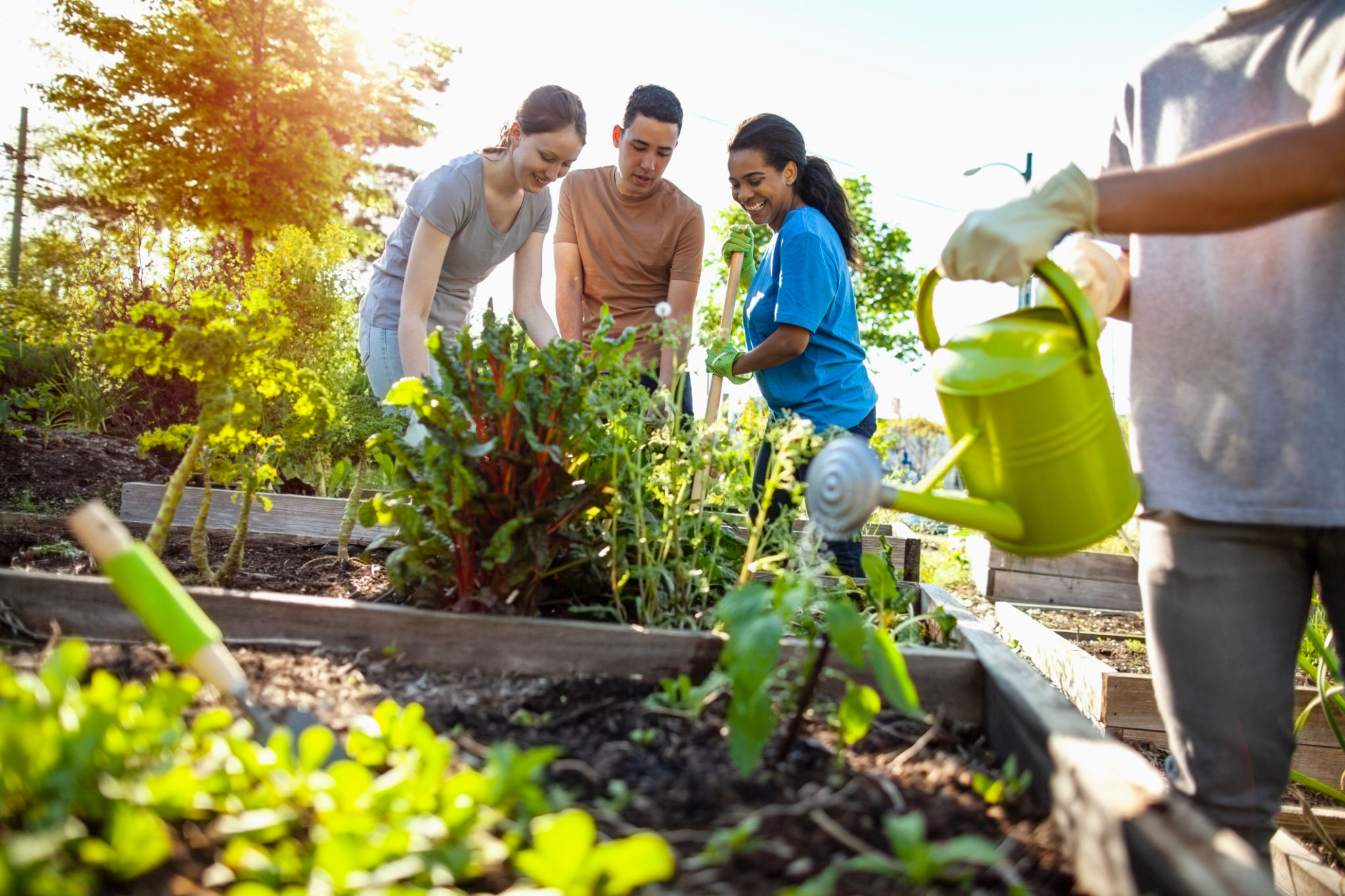Case Study: Successful Urban Gardening Transformations in NY
Introduction to Urban Gardening in New York
Urban gardening has emerged as a transformative force in New York City, reshaping landscapes and lifestyles. This movement has gained momentum in recent years, driven by a desire for sustainable living and self-sufficiency. The growing interest in urban gardening reflects a broader trend towards green spaces in urban environments.
The unique challenges of gardening in an urban setting, such as limited space and soil quality, have spurred creativity and innovation among New Yorkers. From rooftop gardens to community plots, these green spaces are not only producing fresh produce but are also fostering community connections.

Transformative Projects and Initiatives
Several successful initiatives have paved the way for urban gardening in New York. One notable project is the transformation of abandoned lots into thriving community gardens. These spaces, once neglected, now serve as vital green lungs for the city, offering residents a chance to cultivate their own food.
The GreenThumb program, operated by NYC Parks, is a prime example of such initiatives. It provides resources and support to community gardeners, helping them to turn vacant spaces into productive gardens. The program has made a significant impact, with over 550 community gardens now under its umbrella.

Rooftop Gardens: A Sky-High Solution
Rooftop gardens are becoming increasingly popular in New York City, providing an innovative solution to the problem of limited ground space. These gardens not only supply fresh produce but also help to reduce building energy costs and manage stormwater runoff.
One standout example is the Brooklyn Grange, one of the largest rooftop soil farms in the world. This enterprise demonstrates how urban agriculture can be both commercially viable and environmentally beneficial, producing over 50,000 pounds of organic produce annually.

Challenges and Solutions
Despite their many benefits, urban gardens face several challenges. Space constraints, soil contamination, and the urban heat island effect are just a few issues that need addressing. Innovative solutions such as vertical gardens and hydroponic systems are being employed to overcome these obstacles.
Vertical gardening, for instance, allows for the cultivation of a large number of plants in a minimal footprint. This method is particularly useful in densely populated areas where space is at a premium. Additionally, hydroponics offers a soil-free alternative that can be used indoors or outdoors.
The Role of Community Engagement
Community engagement plays a crucial role in the success of urban gardening projects. These initiatives not only provide access to fresh produce but also promote social interaction and environmental education. Workshops, volunteer opportunities, and gardening schools are all part of the community-building efforts surrounding urban gardens.
Programs like the New York Restoration Project (NYRP) actively involve residents in the creation and maintenance of green spaces. By fostering a sense of ownership and responsibility, these efforts ensure the sustainability of urban gardens for future generations.

The Future of Urban Gardening in New York
The future of urban gardening in New York looks promising, with continued interest and investment from both public and private sectors. As more people recognize the benefits of green spaces, urban gardening is likely to become an integral part of city planning and development.
Looking ahead, there is potential for integrating technology into urban gardening practices. Innovations such as smart sensors and automated irrigation systems could enhance productivity and sustainability. As these technologies evolve, they will further transform the urban gardening landscape in New York City.
